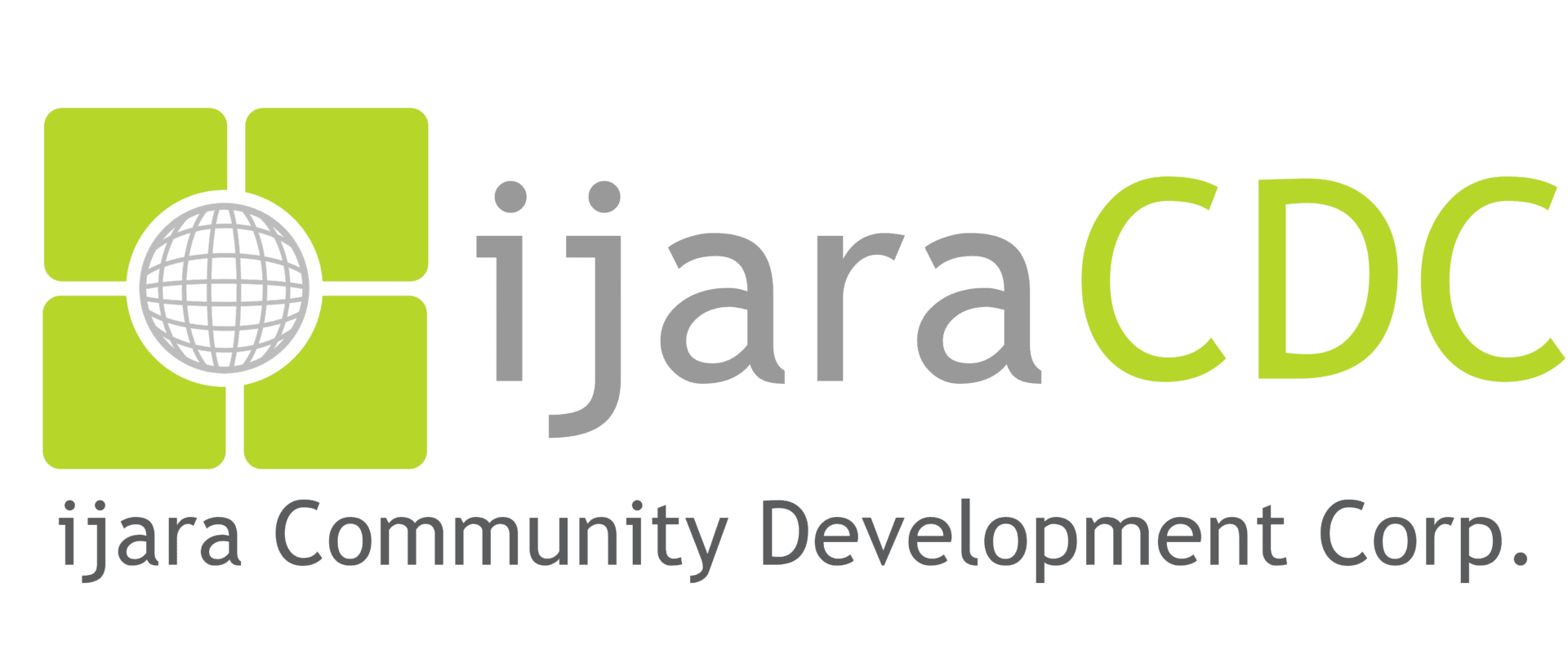Four Steps to Help Make Your Passwords Safer from Hacking


4 Steps to help make your passwords safer from hacking
Here’s what a strong password looks like—and it’s not what you think
We’re all familiar with those irritating password rules: Use special characters (but not ^ or $)! Use two capital letters! Use at least six letters and numbers (but not in these sequences)!
Given the threats, it’s understandable that sites try to force you to use more complicated passwords. Unfortunately, what many of us do in response is create “systems” that obey the rules while being easy to remember.
Those systems often involve personal information—name of dog, year of birth, exclamation mark at the end: Fido2011! The problem is that hackers can find your dog’s name on Instagram and try every variation you can imagine (Odif2011!) very quickly using software.
The key takeaway for stronger passwords in 2018 is that length and unpredictability are more important than wacky characters and other rules. Here are four tips for creating safer passwords:
- An unexpected four-word phrase—”SampleReductionEastPronounce”—is actually tougher to crack than any random 8-character password.
- Add special characters and capital letters, but don’t put them at the beginning or end1.
- Check your password’s strength with the Carnegie Mellon password meter2, 3. Find out how by clicking below.
- Lie on security questions. Those personal details—mother’s maiden name, etc.—can often be easy to find online through social media.
Learn more about our tips for creating safer passwords – and test yours out. Find out how by clicking below.
1 “Choose better passwords with the help of science,” The Conversation, Lorrie Cranor, 8/30/2017.
2 Carnegie Mellon Password Meter. Lorrie Cranor.
3 Please note that any information you input is not stored or shared. A username is not required to check a password’s strength.

